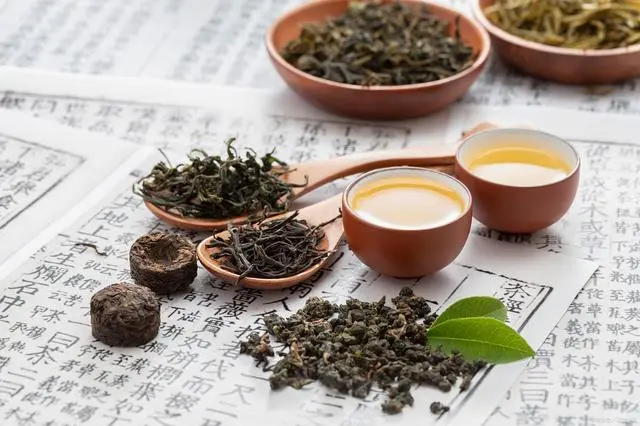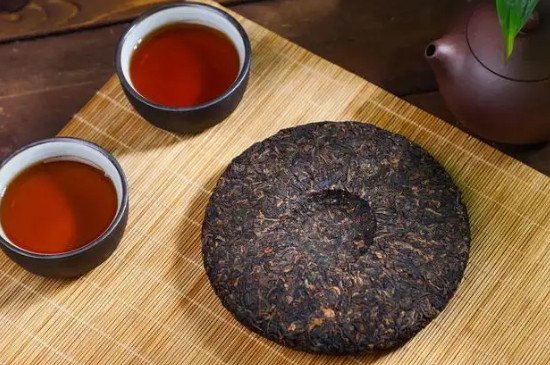With the improvement of the quality of life, health preservation and health have become the focus of public attention. Drinking tea, as an elegant and healthy lifestyle, has long been integrated into people’s daily lives. However, in the nuances of making tea, a seemingly simple question – whether it is necessary to wash the tea leaves before making tea – has sparked a heated discussion among tea lovers.
This difference in habit actually reflects the different pursuits of tea lovers regarding the purity and flavor retention of the tea infusion. One side insists that washing the tea leaves is a necessary step to ensure a clear and impurity-free tea infusion, providing a dual enjoyment of sight and taste; the other side is worried that this move will inadvertently deprive the tea leaves of their original fragrance and essence, greatly reducing the tea-tasting experience.
Regarding this, a professor in the tea art field gave his opinion: “Whether to wash the tea leaves or not needs to be chosen based on the type of tea. For green teas such as Longjing and Biluochun, which are known for their freshness, their production process is rigorous and the cleanliness of the tea leaves’ surface is relatively high. Therefore, there is no need for additional washing before making tea to avoid damaging their natural flavor. On the contrary, for tea products such as Pu’er tea and Tieguanyin that undergo fermentation or semi-fermentation processing, as there may be some tea dust attached during the production process, it is recommended to briefly rinse them with warm water of an appropriate temperature before making tea to achieve the purpose of removing the dust without damaging the fragrance.”
From a scientific perspective: “The control of water temperature and time during the washing of tea leaves is crucial. It is recommended to use warm water of approximately 60°C for a quick rinse of 5 to 10 seconds. This can not only effectively remove the floating dust on the surface of the tea leaves, but also retain the aroma and nutrients of the tea leaves to the greatest extent, ensuring that each mouthful of tea infusion can perfectly present its unique charm.”
Through scientific testing, most bacteria and microorganisms can be killed when the water temperature is above 80 degrees. And in our daily tea brewing, basically the water temperature will not be lower than 80 degrees.
Generally speaking, green tea basically doesn’t need to be rinsed, especially the tender green tea before the Pure Brightness Festival. It can be brewed directly. For black tea and oolong tea, they can be rinsed once with hot water or not rinsed at all. Personally, I basically drink them without rinsing. Generally, the tea leaves that are recommended to be rinsed are mainly compressed tea, especially aged compressed tea. The rinsing process can not only make people feel that impurities in the tea leaves are washed away, but also has the effect of awakening the tea.
For oolong tea, the tea can be rinsed with hot water at 90-95 degrees, and it can be poured out in about 3 seconds. The tea should not be rinsed for too long; otherwise, the essence substances in the tea leaves are prone to be washed away. When we make tea, we often find a layer of foam on it. This is not formed by dirty things but is the result of the precipitation of tea saponin contained in the tea. Tea saponin substances all have strong water solubility and foaming properties. Once brewed, a layer of foam is immediately formed on the surface of the tea infusion. This is harmless, and everyone can rest assured. Moreover, tea saponin also has certain effects of relieving pain and reducing inflammation.
In the dazzling tea market, only those teas that come from regular channels and have guaranteed quality are the wise choices for us to pursue health and peace of mind. Such teas not only reduce the risk of external pollution but also allow us to immerse ourselves in that wisp of fragrance and mellowness without worries when tasting tea.
Therefore, regarding the question of whether it is necessary to wash the tea leaves before making tea, this is not an invariable rule but should be flexibly decided according to the type of tea, personal taste preferences, and understanding and respect for tea. Because only in this way can we truly appreciate the endless charm of tea and make every tea-making process a spiritual baptism and enjoyment.




